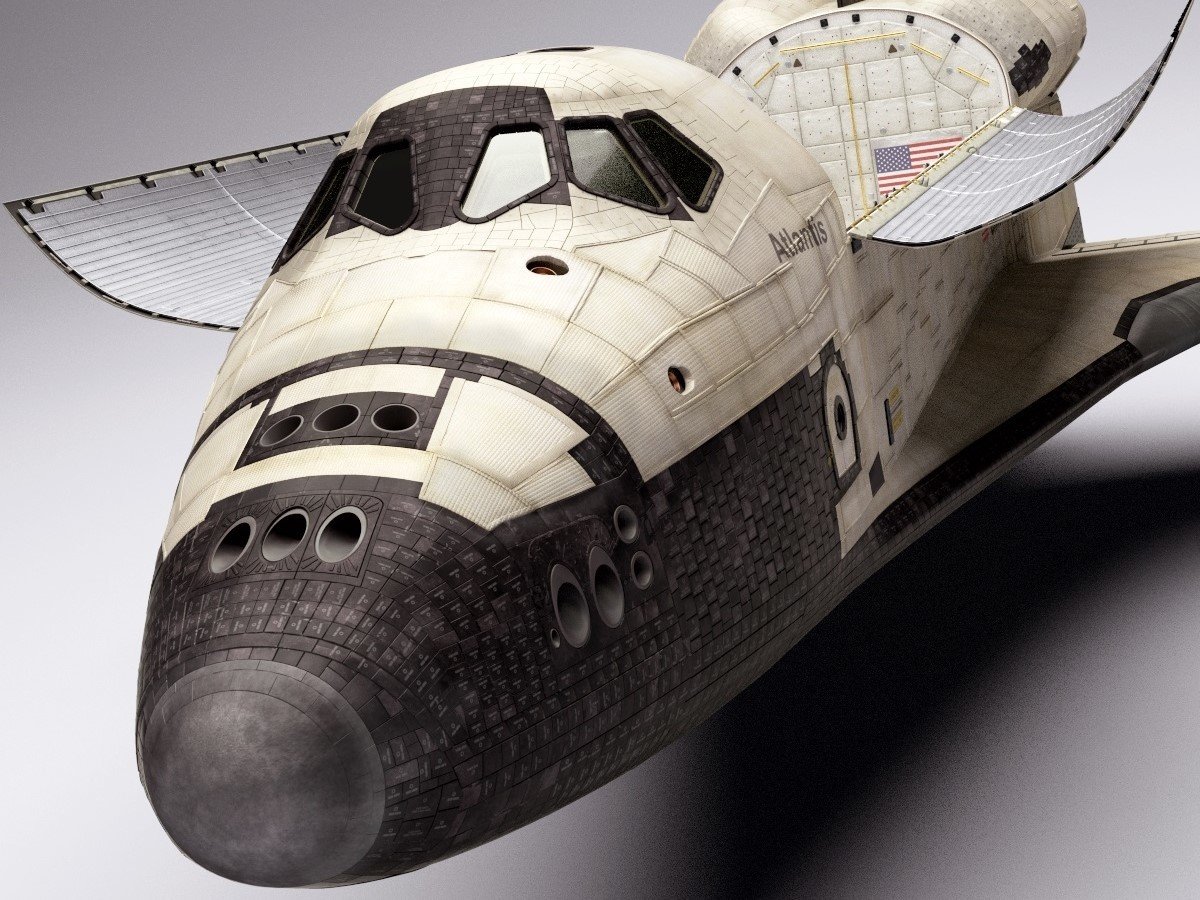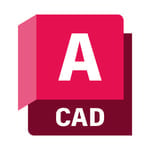File Format Basics
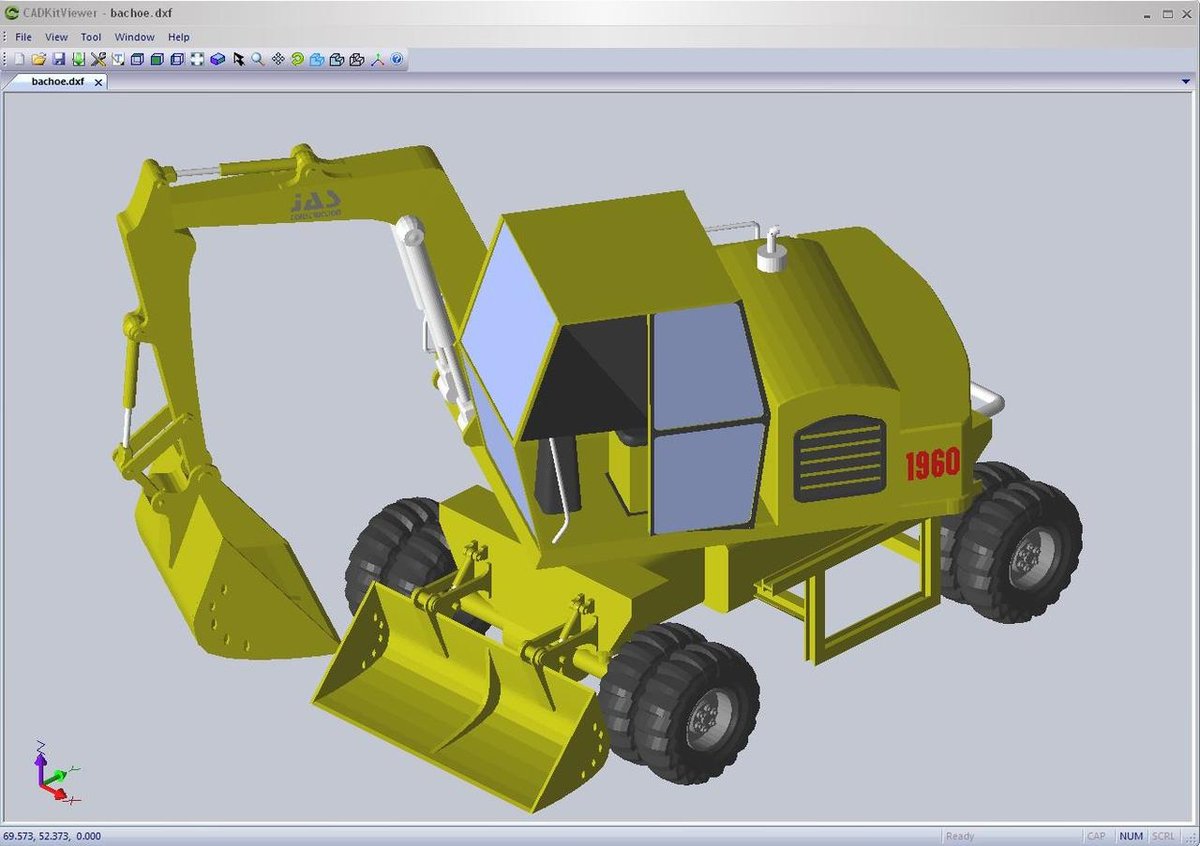
The drawing interchange format, or DXF file, was created by Autodesk in the early 1980s to enable the exchange of CAD objects between AutoCAD and other software suites. Maintained to this day, the AutoCAD DXF documentation has been released to the public since 1982, with online documents going back as far as 1994.
DXF files are commonly exchanged between CAD professionals working with software outside of AutoCAD. In the world of 3D printing and modeling, OpenSCAD, SketchUp, SolidWorks, and many other pieces of design software have utilized transparent documentation to integrate DXF compatibility. This has led to DXF models becoming a relatively common file format to encounter in online model repositories.
Why Convert?
The OBJ, or object file, was developed by Wavefront Technologies in the late 1980s to be used with its animation software packages. Growing from its roots in animation, the OBJ format has become one of the most important file types used by 3D software today.
Working with OBJ has some important advantages in comparison to working with DXF. First of all, OBJ has a larger software support base than DXF, with built-in viewers on both Windows and Mac devices. In fact, many scanners write straight to OBJ, and OBJ files can contain information about the color or texture of a model. This means that, among other uses, OBJ files can be used for 3D printing models with specific colors. Lastly, OBJ has been adopted by many different industries and types of software, so it’s a more versatile file type than DXF.
So, now that we understand why it can be useful to convert from DXF to OBJ, let’s look at how to do it!
Option 1: 2D
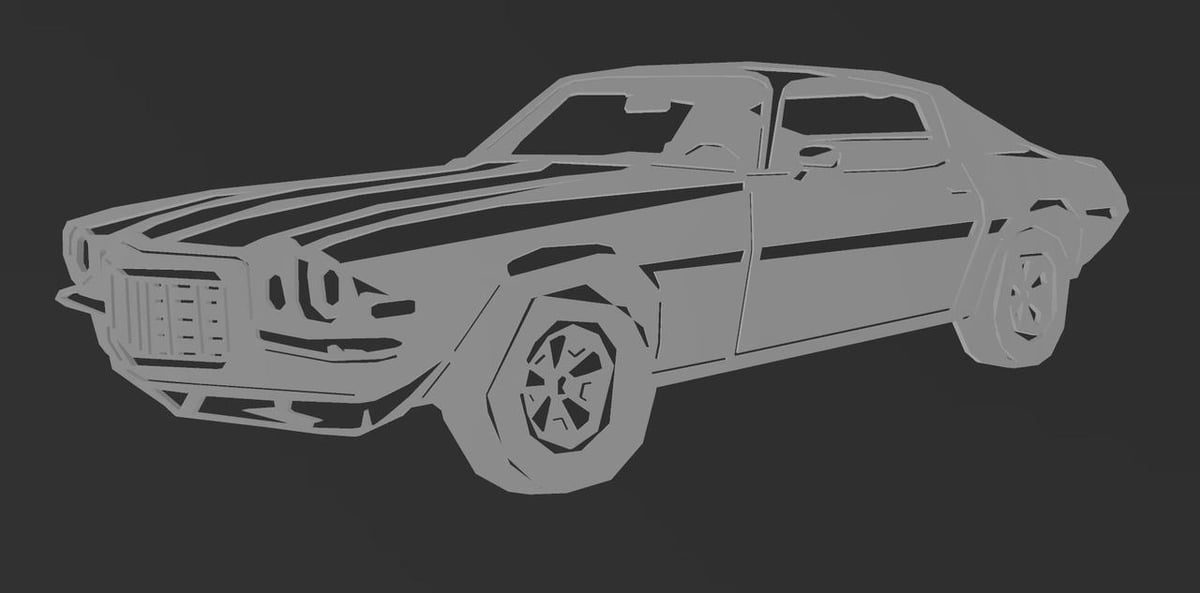
Converting a two-dimensional DXF file to OBJ is a relatively straightforward process:
- First, convert the file to an SVG image, with an online tool like the DXF to SVG converter at Aconvert. Simply upload your DXF file and click “Convert Now!”
- With the SVG file in hand, follow the Tinkercad instructions from our guide on converting SVG to STL to finish the process.
The SVG to STL tutorial should get you almost all the way to the finish line. The only small change to the instructions is to select “.obj” instead of “.stl” at the final export step in Tinkercad.
Additionally, keep in mind that your converted OBJ file may not have accurate dimensions assigned. This is because neither DXF nor SVG files store references to units. As a result, you need to be careful to keep track of the dimensions in your original file so that you end up with an object with the correct proportions. You can always use AutoDesk Viewer if you need to open your DXF file somewhere to check.
Option 2: Free
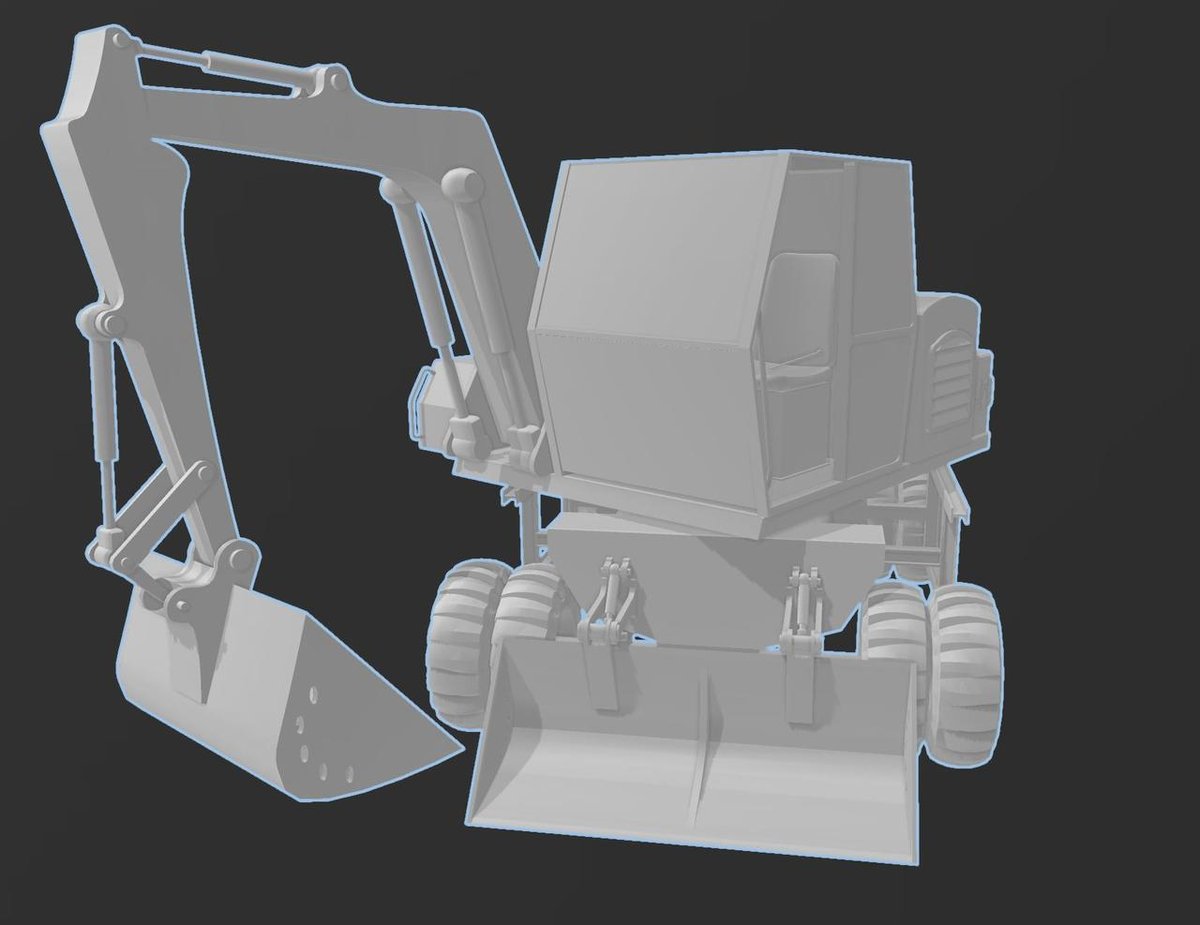
Converting a 3D DXF file is a three-step process:
- Convert the DXF file to STL. Use the DXF to STL converter at Bear File Converter.
- Take your newly-converted STL file and import it into Tinkercad.
- With the model open, click on “Export” and select “.obj” to save the converted file.
There are plenty of online image-converting tools out there, so if you have issues with the DXF converter linked in step 1, feel free to try another tool. Just be careful to check that your object has been converted accurately. Of the online conversion tools we tried, several didn’t work at all, and the few that appeared to work didn’t always faithfully convert the model, leading to some very strange-looking excavators!
Option 3: Reliable
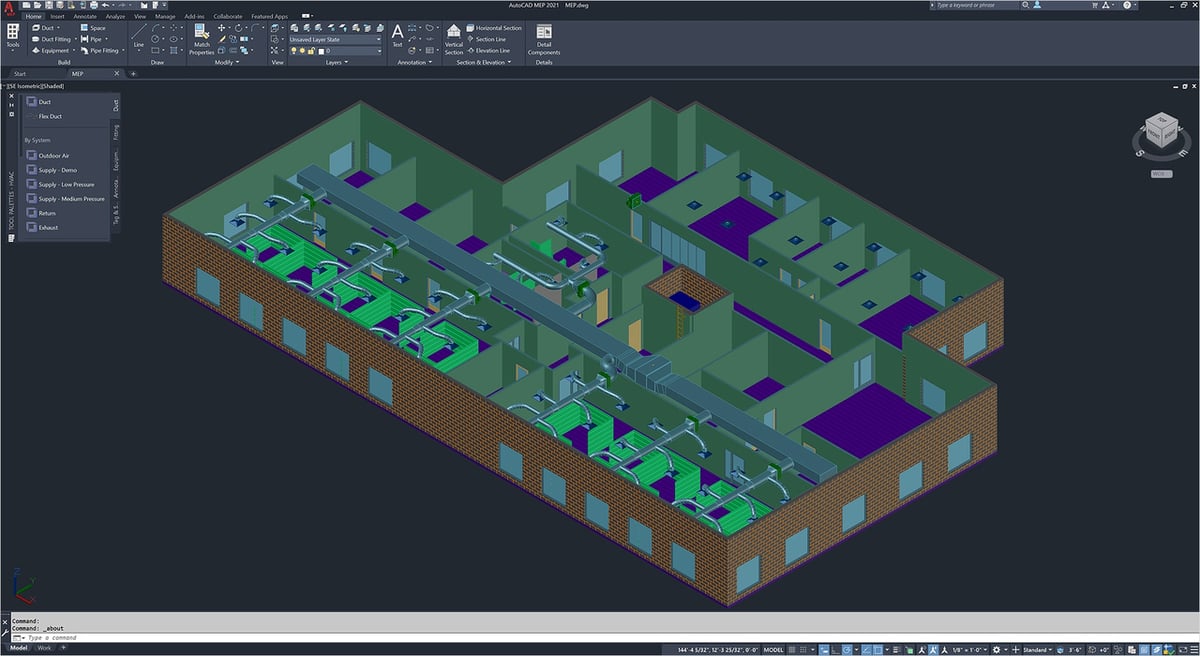
In case none of the online converters work for you, or you just want to jump straight to the “safest” method, you can convert your DXF file is a multi-step process using AutoCAD. If you don’t have a license, you can download a trial from the AutoCAD website, then follow our guide to convert DXF files to STL. Once you have your STL file, use the first option above (Tinkercad method) to open and convert the STL to OBJ.
Overall, this option is the most reliable and straightforward way to get your DXF into the format you need. If you do have an AutoCAD license, then this is your ideal solution. If you don’t have a license, then outside the trial period this won’t be an option. The other drawback is that if you have multiple files to convert, you’ll need to repeat the process for each file.
Option 4: Bulk

If you have a large number of DXFs to convert into OBJ format and don’t want to repeat the above processes multiple times, you should consider trying some different 3D modeling tools.
Fusion 360 is a commonly-used tool that can import DXF and export OBJ. Fusion 360 is free for personal use and will allow you to convert and save up to 10 different models at once. You can download Fusion 360 projects stored in the cloud as OBJs, though some users have reported a loss of quality using this method.
Alternatively, you can also try the Pro version of SketchUp, which also supports directly importing DXF files and exporting them to OBJ (as well as having many other useful features).
Lastly, there are also many good alternatives to Fusion 360 and SketchUp-like programs that work with a wide variety of formats and have other features that might be just what you need for your projects. There are tons of options, so experiment until you find what works best for you.
License: The text of "DXF to OBJ: How to Convert DXF files to OBJ" by All3DP is licensed under a Creative Commons Attribution 4.0 International License.
CERTAIN CONTENT THAT APPEARS ON THIS SITE COMES FROM AMAZON. THIS CONTENT IS PROVIDED ‘AS IS’ AND IS SUBJECT TO CHANGE OR REMOVAL AT ANY TIME.

